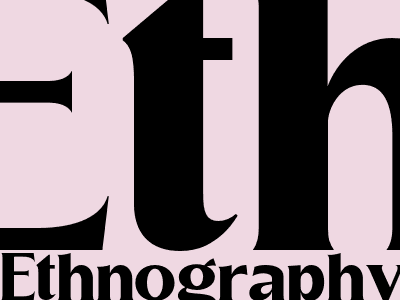
Ethnography and Dictation: Two Approaches to Language Learning
Introduction
Ethnography and dictation are two distinct approaches to language learning commonly used by educators. Ethnography involves immersing oneself in a particular culture to learn its language, while dictation entails writing down what is spoken by a native speaker. This article explores the benefits and drawbacks of each method and provides insights into when each approach is most suitable.
Ethnography: Immersive Language Learning
Ethnography, an anthropological approach to language learning, emphasizes immersion in the target language's cultural context. This method assumes that language is inextricably linked to culture and can only be fully understood within its social and cultural context. Learners are encouraged to engage with native speakers in everyday situations and participate in cultural activities to gain insights into the language's nuances.
Benefits of Ethnography
- Develops cultural competence: Immersion allows learners to understand the cultural context of the language, fostering a deeper appreciation and understanding.
- Improves fluency and naturalness: By interacting with native speakers, learners acquire the language's natural rhythm, intonation, and colloquialisms.
- Enhances communication skills: Ethnography promotes authentic language use in real-world situations, improving learners' communication abilities.
Drawbacks of Ethnography
- Time-consuming: Immersion requires extended periods of time and can be impractical for short-term language learning goals.
- Limited feedback: Learners may not receive immediate feedback on their pronunciation or grammar, potentially leading to fossilized errors.
- Cultural barriers: Learners need to be open to and respectful of cultural differences, which may pose challenges for some individuals.
Dictation: Writing to Improve Listening Skills
Dictation involves listening to a native speaker and writing down what is heard. This method focuses on developing listening comprehension and improving spelling and grammar. Learners are presented with audio recordings of native speakers and instructed to transcribe the spoken words into written form.
Benefits of Dictation
- Enhanced listening comprehension: Dictation forces learners to pay close attention to the spoken language, improving their ability to follow conversations and extract meaning.
- Improved spelling and grammar: Transcribing spoken words helps learners identify and correct errors in their spelling and grammar, leading to improved writing skills.
- Increased vocabulary: Dictation exposes learners to new words and phrases, expanding their vocabulary.
Drawbacks of Dictation
- Limited speaking practice: Dictation focuses primarily on listening and writing, providing limited opportunities for learners to practice speaking.
- Potential frustration: Learners may experience frustration if they encounter unfamiliar words or struggle to keep up with the pace of the spoken language.
- May not be suitable for all learners: Dictation can be challenging for learners with auditory processing difficulties or those who are not skilled in note-taking.
Choosing the Right Approach
The choice between ethnography and dictation depends on the learner's individual needs and goals. Ethnography is ideal for learners who seek a deep cultural immersion and want to develop fluency and naturalness in the target language. Dictation is suitable for learners who prioritize improving their listening comprehension, spelling, and grammar.
Conclusion
Ethnography and dictation are valuable approaches to language learning, each offering unique benefits and drawbacks. By understanding the strengths and limitations of each method, learners can make informed decisions about which approach aligns best with their individual goals. Ultimately, the most effective language learning strategy is one that is tailored to the learner's specific needs and preferences.